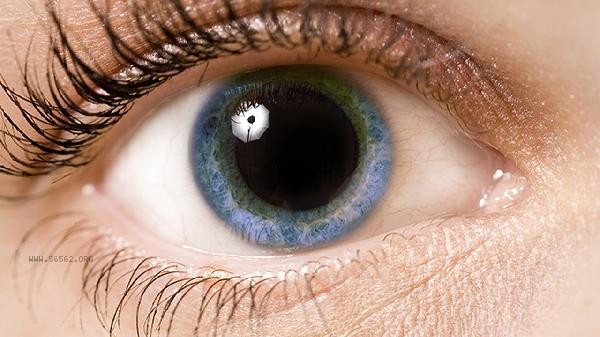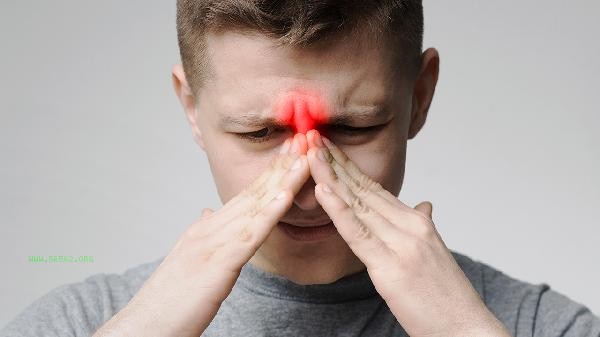The effect of removing eye bags without surgery can usually last for 6 months to 2 years, and the specific time is closely related to personal constitution, nursing methods, product types, and other factors. Non surgical removal of eye bags is mainly achieved through physical methods such as radiofrequency, laser, microcurrent, or injection filling to improve eye problems. Radiofrequency instruments stimulate collagen regeneration through thermal energy, and the effect is relatively long-lasting but requires multiple treatments to maintain. After a single care, the effect can last for 8-12 months. Laser therapy focuses on improving pigment deposition and mild relaxation, and requires additional treatment every 3-6 months. Hyaluronic acid filling can immediately improve structural eye bags, but it will be gradually metabolized and absorbed by the human body, lasting for about 6-18 months. The short-term improvement effect of microcurrent instruments is significant, and they may rebound 1-3 months after discontinuation. For patients with hereditary eye bags or severe skin laxity, non-surgical maintenance time may be shortened to 3-8 months. This group of people has a high accumulation of fat around their eyes, poor skin elasticity, and difficulty in sustained physical stimulation to support tissue structure. Long term staying up late, excessive eye use, or improper eye care can accelerate the loss of effectiveness. If sun protection is not done properly, it may lead to the recurrence of pigmented eye bags. Some people absorb specific ingredients quickly, such as individual differences in metabolic rate of injectable products.

It is recommended to strengthen daily care with eye cream containing caffeine and vitamin K, and avoid rubbing and overuse of the eyes. Cold compress can alleviate temporary edematous eye bags, and raising a pillow during sleep can help reduce fluid retention. If pursuing long-term results, intermittent instrument maintenance treatment can be considered, but it should be noted that the interval between single treatments should not be less than one month. When significant skin laxity occurs, the necessity of surgery still needs to be evaluated.










Comments (0)
Leave a Comment
No comments yet
Be the first to share your thoughts!